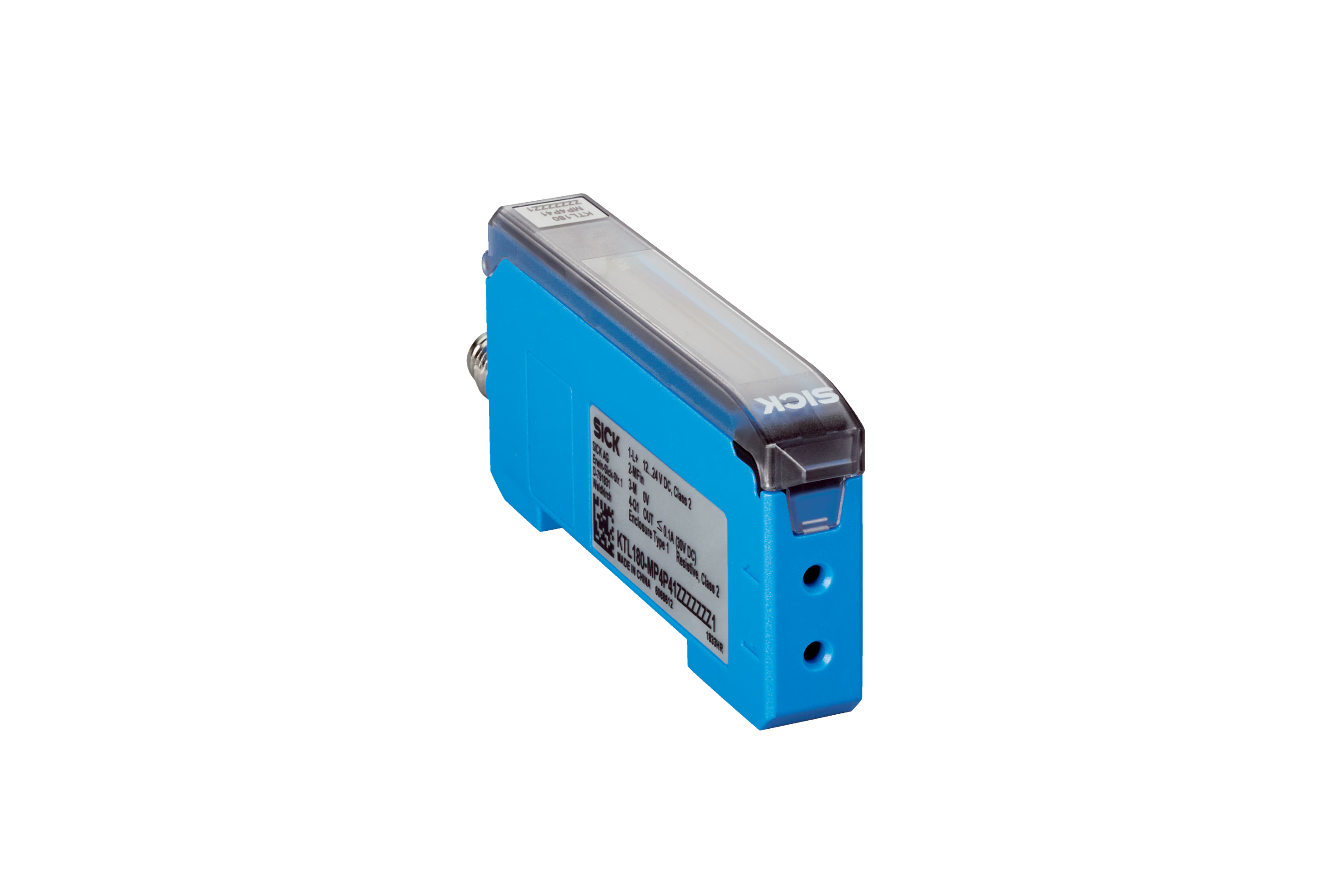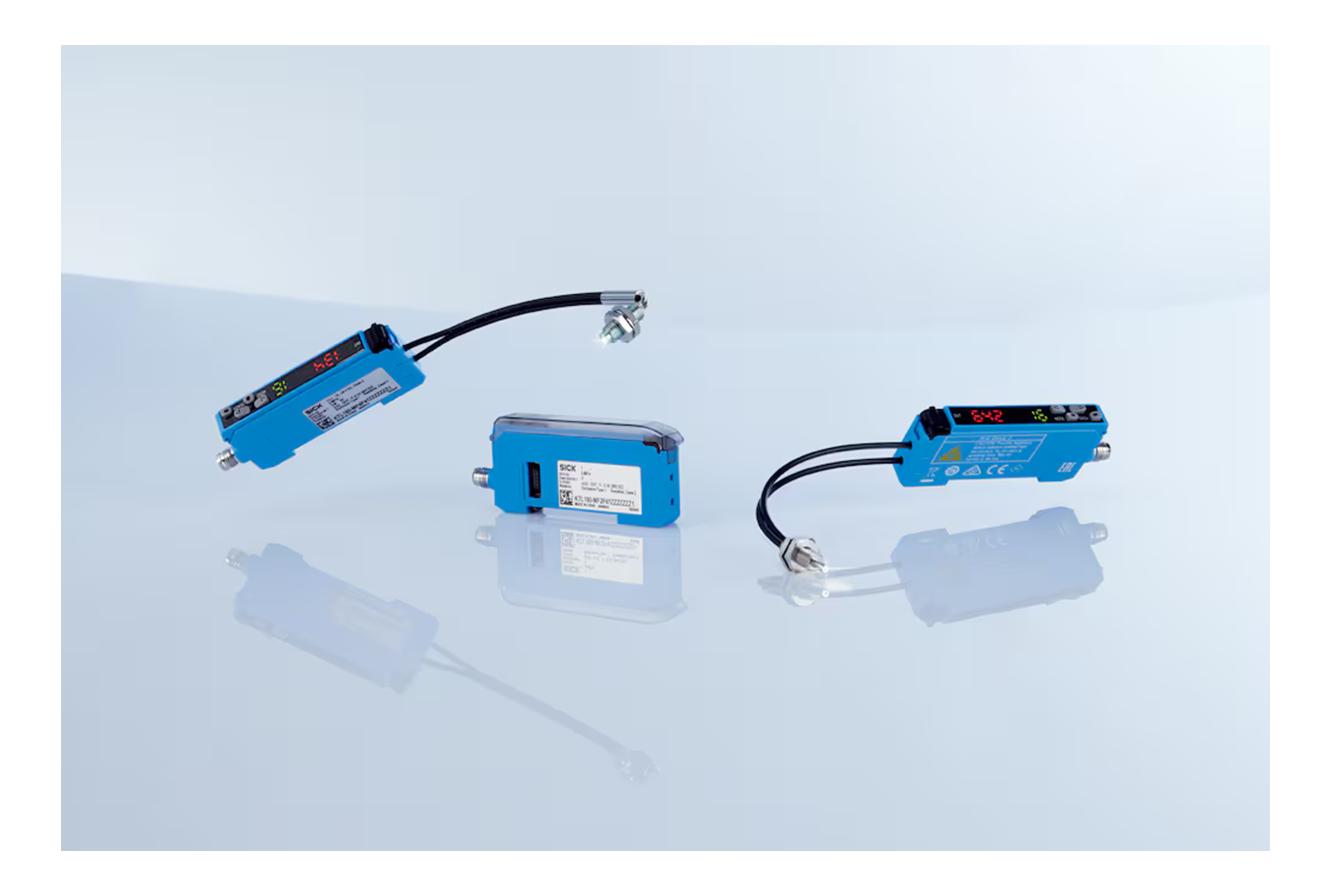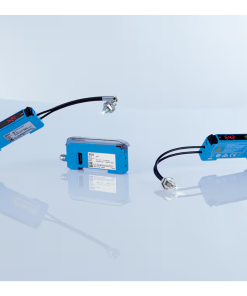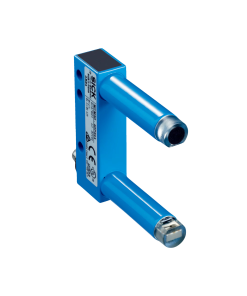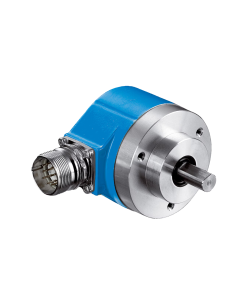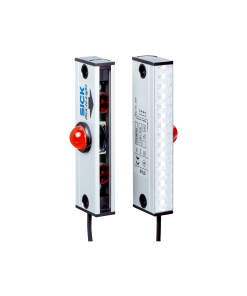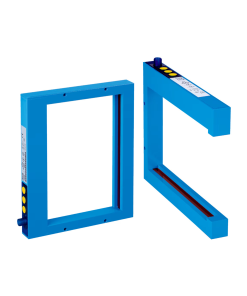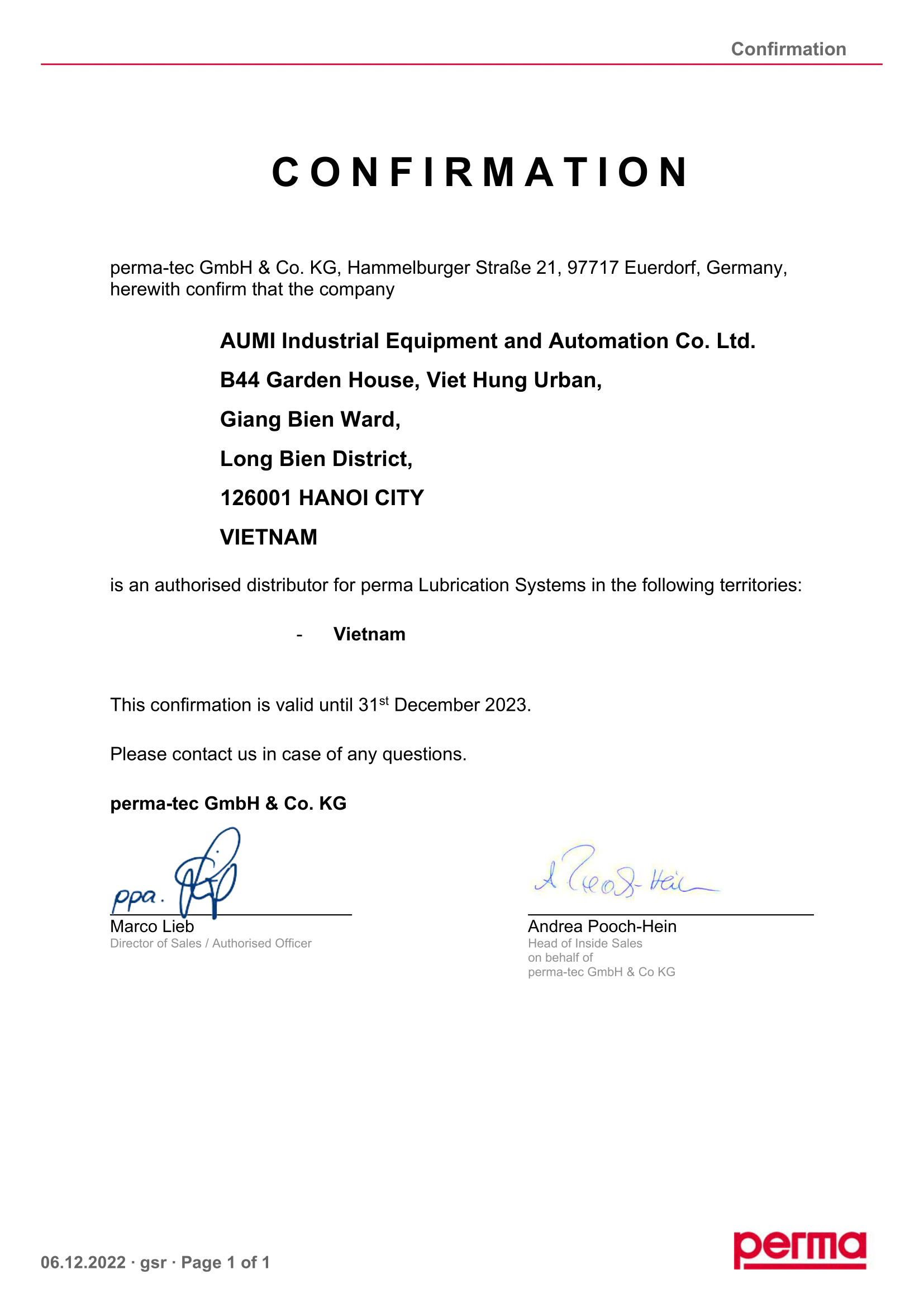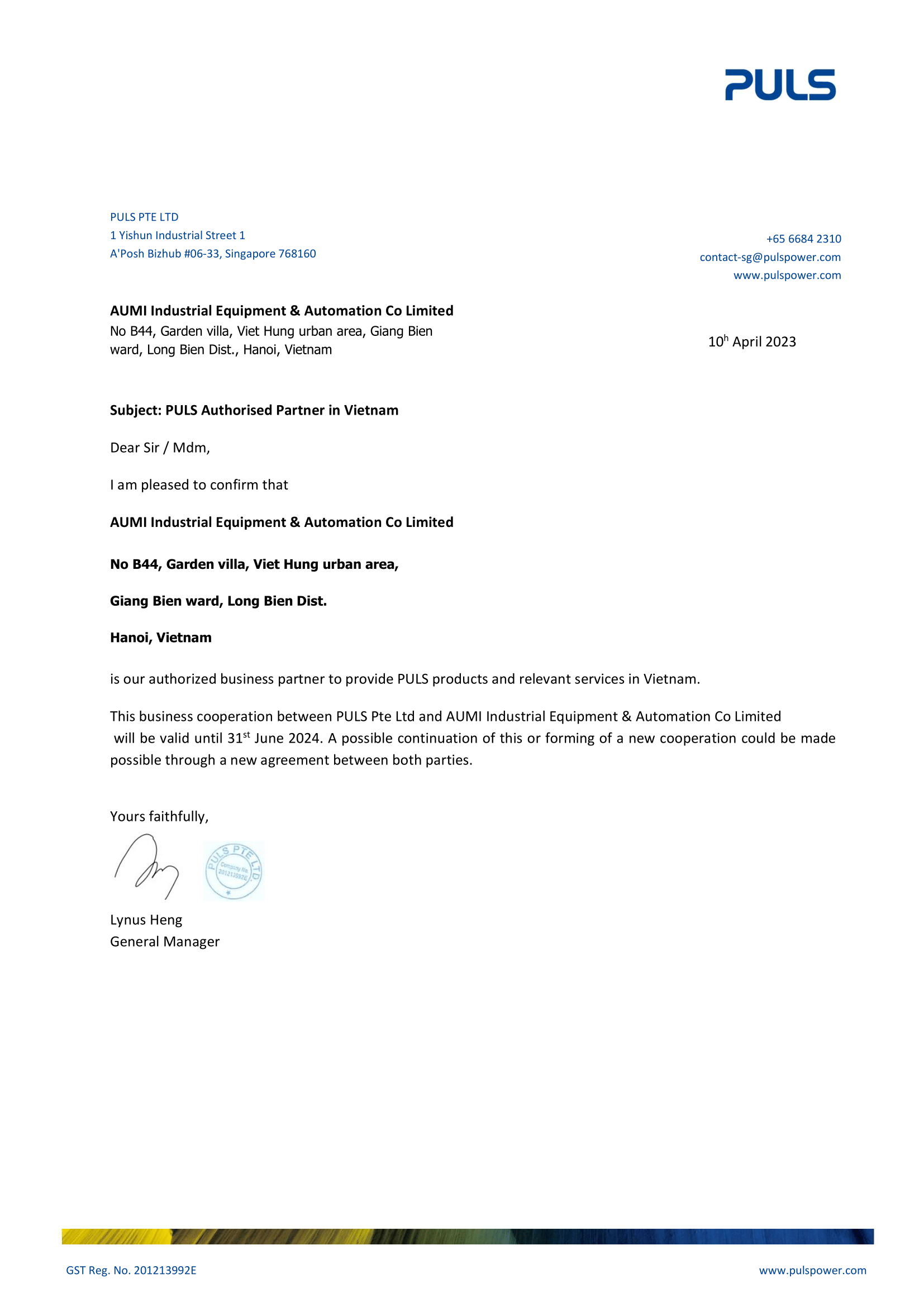| Product | Part no. | Special applications | Device type | Switching output | Connection type | Special features |
| KTL180-MM4P41ZZZZZ | 6068616 | Printing mark detection, Splice detection, Wafer inspection, Tube positioning | Base unit | PNP | male connector M8, 4-pin | multi-function input, base unit for BUS mode |
| KTL180-MF2P41ZZZZZ | 6068620 | Printing mark detection, Splice detection, Wafer inspection, Tube positioning | expansion unit | PNP | male connector M8, 4-pin | multi-function input, no L+/M, expansion unit for BUS mode |
| KTL180-ME2P41ZZZZZ | 6068621 | Printing mark detection, Splice detection, Wafer inspection, Tube positioning | expansion unit | NPN | male connector M8, 4-pin | multi-function input, no L+/M, expansion unit for BUS mode |
| KTL180-ML4P51ZZZZZ | 6068619 | Printing mark detection, Splice detection, Wafer inspection, Tube positioning | Base unit | NPN | cable with plug M12, 5-pin | multi-function input, base unit for BUS mode |
| KTL180-MM4P51ZZZZZ | 6068618 | Printing mark detection, Splice detection, Wafer inspection, Tube positioning | Base unit | PNP | cable with plug M12, 5-pin | multi-function input, base unit for BUS mode |
| KTL180-MN4P71ZZZZZ | 6071999 | Printing mark detection, Splice detection, Wafer inspection, Tube positioning | Stand-alone | NPN | Cable open end | multi-function input, stand-alone mode |
| KTL180-MP4P41ZZZZZ | 6068612 | Printing mark detection, Splice detection, Wafer inspection, Tube positioning | Stand-alone | PNP | male connector M8, 4-pin | multi-function input, stand-alone mode |
| KTL180-ML4P41ZZZZZ | 6068617 | Printing mark detection, Splice detection, Wafer inspection, Tube positioning | Base unit | NPN | male connector M8, 4-pin | multi-function input, base unit for BUS mode |
| KTL180-MP4P51ZZZZZ | 6068614 | Printing mark detection, Splice detection, Wafer inspection, Tube positioning | Stand-alone | PNP | cable with plug M12, 5-pin | multi-function input, stand-alone mode |
| KTL180-MN4P41ZZZZZ | 6068613 | Printing mark detection, Splice detection, Wafer inspection, Tube positioning | Stand-alone | NPN | male connector M8, 4-pin | multi-function input, stand-alone mode |
| KTL180-MN4P51ZZZZZ | 6068615 | Printing mark detection, Splice detection, Wafer inspection, Tube positioning | Stand-alone | NPN | cable with plug M12, 5-pin | multi-function input, stand-alone mode |
Contrast sensors KTL180
- Safe object detection at high machine speeds
- The KTL180 reliably detects contrast differences even at high machine speeds.
- Thanks to its 31.2 kHz switching frequency, a high grayscale resolution and manual switching threshold adjustment, the KTL180 makes for safe object detection.
- The response time of 16 µs ensures stable and accurate detection of contrast differences, for example with print marks, even for high-gloss materials. The sensor can be quickly adjusted to the respective application with the 7-segment display and easy menu guidance.
- Various teach-in processes as well as an integrated job save increase the flexibility during commissioning in a large range of applications with very high process stability.
Categories: Contrast sensor, Sick, Registration sensors
Tags: Sensor, Contrast sensors, MPA, KTL180
At a glance:
- Very high switching accuracy: 31.2 kHz switching frequency for use in ongoing machine processes
- Easy sensor handling: Multi+functional display enables flexible, user+friendly sensor settings
- Safe detection and safe processes: Detection of very small contrast differences and high+gloss materials thanks to high grayscale resolution and manual switching threshold adjustment
- Versatile use: Different teach-in operations for ideal sensor settings in different applications
- Fast format change thanks to job save
- Compact design for use with limited installation space
Features:
- 31.2 kHz switching frequency at a response time of 16 µs
- High dynamic range
- Multi-functional 7-segment display
- Job save for easy format change
- 1-point, 2-point and dynamic teach-in
- Master-slave function
- A wide range of different fibers
Related products
SALE
Sick
- Plug-and-play fork sensors – connect and get started.
- The WFM fork sensors are extremely quick and easy to mount and commission thanks to plug and play.
- Their yellow receive indicator can be seen all the way round, providing optimum feedback on the switching behavior of the WFM. Since the sender and receiver are integrated within the same housing, there is no need for any complex alignment work, allowing detection tasks to be prepared and completed quickly and easily.
- WFM have a rugged aluminum housing and are available in five different designs with fork widths ranging from 30 mm to 180 mm and fork depths of between 40 mm and 120 mm.
- SICK's fork sensors are suited to numerous applications, such as detecting parts in production processes, checking whether various objects are present, or intralogistic processes.
SALE
- Short switching point optimized for gripper applications increases process efficiency due to higher PSDI times
- Short housing (19.5 mm) for use in pneumatic grippers and miniature cylinders
- LED for indicating the output state
- IP67 enclosure rating
- Sensor is fully recessed in the slot
SALE
- Freely programmable resolution (up to 15 bits)
- Easy zero adjustment directly on the encoder by pressing a button or via sub cable (cable version)
- Zero-set function
- Mechanical interfaces: face mount flange, servo flange, blind and through hollow shaft
- Enclosure rating: Up to IP66
SALE
- Simply clever order picking verification
- The PLG is mounted at each storage bay and has an integrated job LED to display pick position. The PLG’s single-sided reflector strip saves space in the bin and reduces damage and installation costs.
- The integrated job LED reduces the order picker’s search time
- Scanning range up to 2 m
SALE
- The FLG (frame light grid) switching automation light grid is the innovative solution in which the sender and receiver are combined in one housing for the detection of small parts.
- In dynamic operating mode, the FLG performs reject and removal control of workpieces in pressing and punching machines and also supports the packaging process.
- In static operating mode, it can be used for monitoring thread breakage.
- With a monitored area of 200 mm x 250 mm or 200 mm x 120 mm, it allows detection of small parts down to minimum dimensions of 2 mm over a large area.

